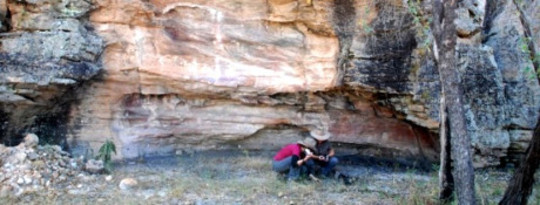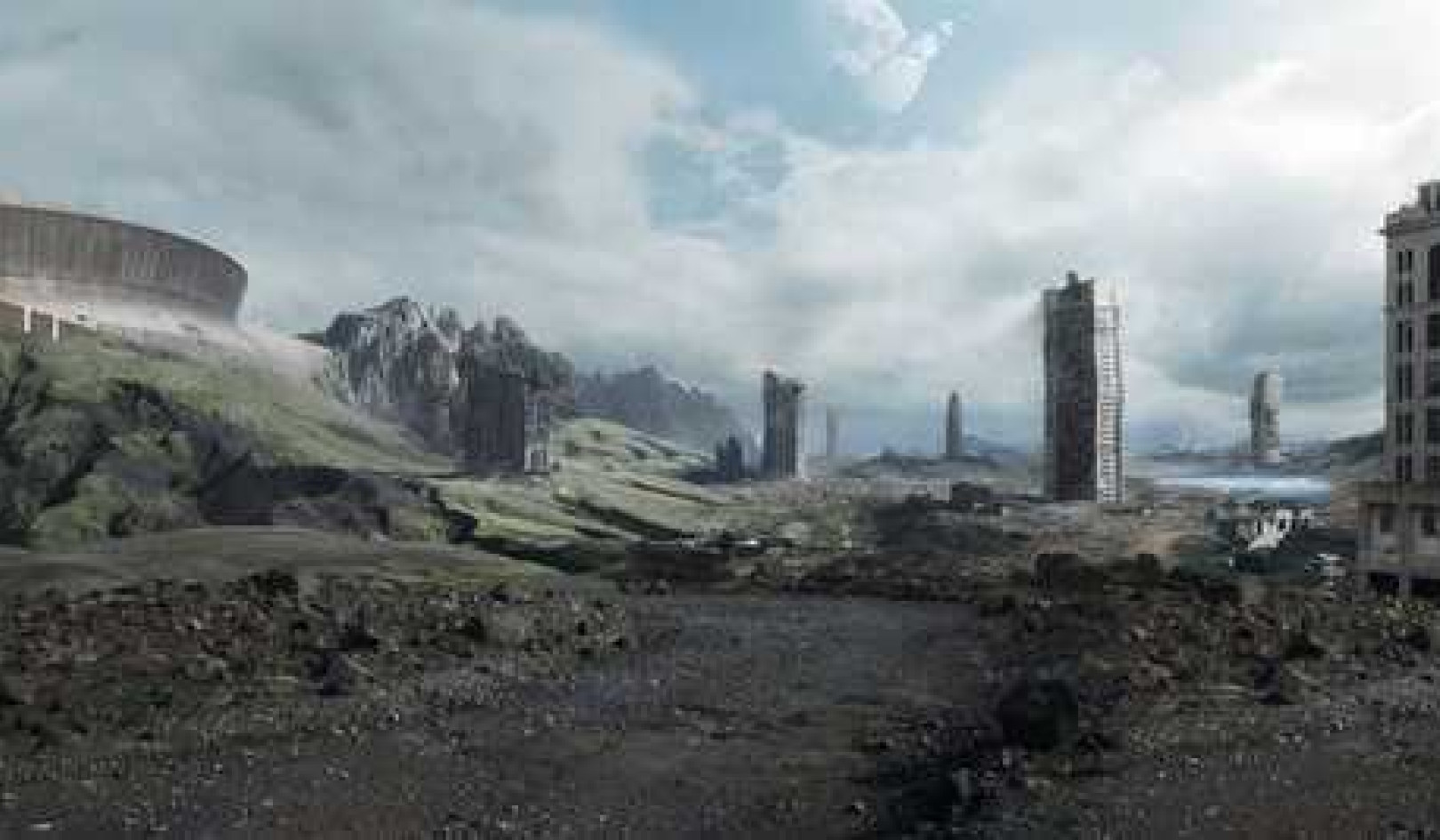
Dire warnings of imminent human-induced climate disaster are constantly in the news but predictions of the end of the world have been made throughout history and have never yet come true. Even in the brief period of recorded history, natural climate change has always been with us – whether it is the volcanically induced crop failures that helped precipitate the French Revolution or the Medieval Warm Period that allowed Vikings to colonize Greenland. So how can we trust that the computer models scientists use to make predictions are reliable?
There is sometimes reluctance to take experts' words for anything and so we would like to be shown the evidence. Unfortunately, that is difficult when the details are buried under hundreds of thousands of lines of computer code which implement mathematical algorithms of mind-numbing complexity. There is, however, one branch of science that can reliably give an answer that is easy to understand and hard not to believe.
1. Evidence Written In Stone
Paleoclimatology – the study of Earth’s past climates – has used fossils to show links between global temperatures and carbon-dioxide levels. This record is written in stone. There are fossil plant-leaves from 55m years ago that have a microscopic structure which can be accurately reproduced in modern plants only when grown in a carbon-dioxide-rich atmosphere. Is it a coincidence that, at the time, it was so warm that crocodiles were living within the Arctic circle?
And this is not an isolated case. A sedimentary record covering half a billion years shows us exactly what we would expect to see if climate modellers have done their sums right. Fossil and chemical traces in rocks indicate that warm periods in Earth’s history are associated with higher concentrations of carbon dioxide and quantitative studies show that this correlation is, if anything, even stronger than predicted.
2. Simple Calculations
Those 55m year-old leaves suggest that carbon dioxide concentrations were about four times the present-day levels and back-of-the-envelope calculations indicate that global mean temperatures were around 7°C higher. For comparison, the largely computer-based predictions published by the Intergovernmental Panel on Climate Change imply that quadrupling carbon-dioxide concentrations should increase temperatures by between 3°C and 9°C.
The simple paleoclimate example may not nail the case for a worryingly strong link between carbon dioxide and temperature, but it is good supporting data. What is most important, however, is that this evidence is hard to refute.
3. Counter Arguments Are Unconvincing
There is little doubt that the recent rapid increase in carbon dioxide is linked to human activities such as burning of fossil fuels and deforestation. But does the paleoclimate evidence really tell us that increased carbon dioxide must mean increased temperatures?
One objection might be that ancient climate change is really evidence for varying solar brightness. Fluctuating carbon dioxide levels are then a response to climate variation rather than the cause. However, solar physics tells us that the sun was fainter 55m years ago rather than brighter, as would be needed for higher temperature.
Another concern is that some important processes, such as ice-sheet disintegration, only affect climate very slowly. Our warming ice sheets may take centuries to disappear completely but, when they do, the replacement of reflective-ice by heat-absorbing rock will warm our planet yet further. The existence of potential complications like these makes comparisons between paleoclimate change and modern climate change difficult but it is also one of the reasons why multiple approaches are needed. If different researchers using different methods nevertheless come up with more or less the same answer, perhaps they are onto something.
Climate change deniers also confuse the argument by suggesting there is nothing we can do anyway. China and other rapidly developing countries will dominate carbon dioxide output in the 21st century. But that is irrelevant if we are simply asking: “Will increased carbon dioxide levels change our climate?”
The fact that political and technical problems are massively more complex than anything in climatology is not a reason to stick our heads in the sand. Widespread agreement that man-made global warming is highly likely would be progress.
This article originally appeared on The Conversation
About the Author
 David Waltham is Reader in Mathematical Geology at Royal Holloway. Is a PhD in signal processing. Joined the oil industry for 2 years before becoming a lecturer in Geophysics in Royal Holloway's Department of Earth Sciences where I became Head of Department. Research interests involve computer modeling of geological processes from the motion of a grain of sand up to the climatic influences of the solar system's architecture.
David Waltham is Reader in Mathematical Geology at Royal Holloway. Is a PhD in signal processing. Joined the oil industry for 2 years before becoming a lecturer in Geophysics in Royal Holloway's Department of Earth Sciences where I became Head of Department. Research interests involve computer modeling of geological processes from the motion of a grain of sand up to the climatic influences of the solar system's architecture.
Recommended book:
Climate Change Denial: Heads in the Sand
by Washington Haydn and John Cook.
 Humans have always used denial. When we are afraid, guilty, confused, or when something interferes with our self-image, we tend to deny it. Yet denial is a delusion. When it impacts on the health of oneself, or society, or the world it becomes a pathology. Climate change denial is such a case. Climate change can be solved – but only when we cease to deny that it exists. This book shows how we can break through denial, accept reality, and thus solve the climate crisis. It will engage scientists, university students, climate change activists as well as the general public seeking to roll back denial and act.
Humans have always used denial. When we are afraid, guilty, confused, or when something interferes with our self-image, we tend to deny it. Yet denial is a delusion. When it impacts on the health of oneself, or society, or the world it becomes a pathology. Climate change denial is such a case. Climate change can be solved – but only when we cease to deny that it exists. This book shows how we can break through denial, accept reality, and thus solve the climate crisis. It will engage scientists, university students, climate change activists as well as the general public seeking to roll back denial and act.
Click here for more info and/or to order this book on Amazon.
























